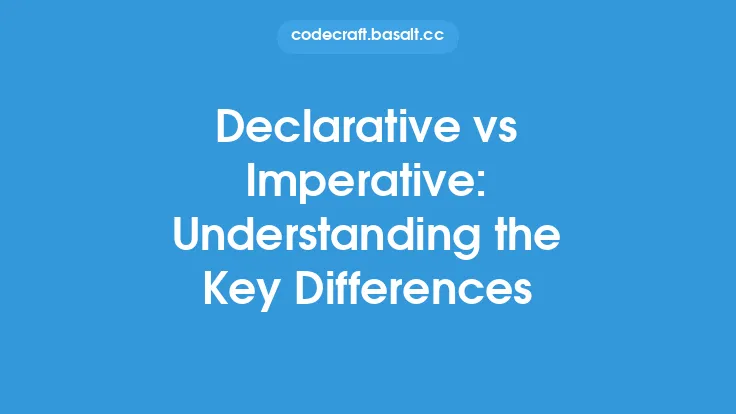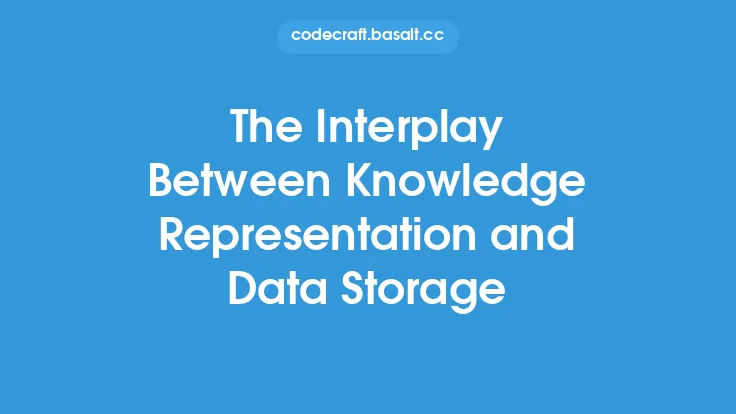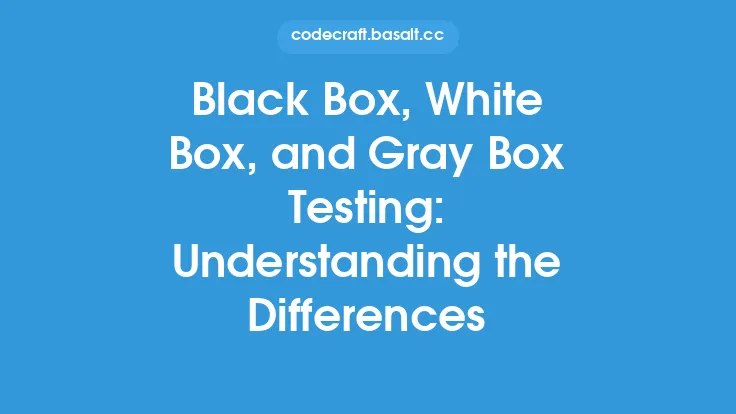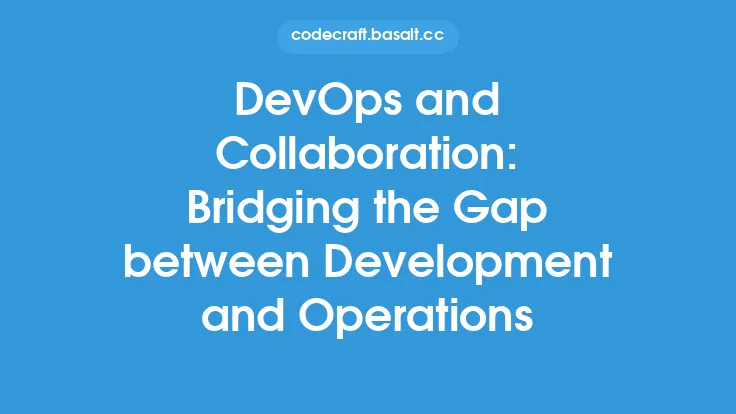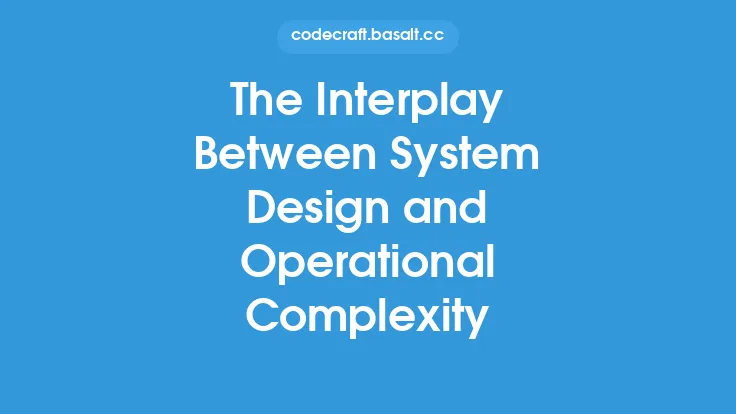In the realm of artificial intelligence, knowledge representation is a crucial aspect that deals with the way information is organized, stored, and retrieved. At the heart of this concept lies the distinction between two fundamental types of knowledge: declarative and procedural. Understanding the difference between these two types of knowledge is essential for developing effective knowledge representation systems, as it directly impacts how information is structured, processed, and applied.
Declarative Knowledge
Declarative knowledge refers to the type of knowledge that deals with facts, concepts, and relationships. It is concerned with what is true or false, and it provides a description of the world in terms of objects, properties, and relationships. Declarative knowledge is often represented using statements, propositions, or assertions, which can be either true or false. This type of knowledge is typically used to describe the world, define concepts, and establish relationships between entities. Declarative knowledge can be further divided into two subcategories: descriptive and definitional. Descriptive knowledge provides information about the world, such as facts and data, while definitional knowledge provides definitions and explanations of concepts and terms.
Procedural Knowledge
Procedural knowledge, on the other hand, refers to the type of knowledge that deals with procedures, methods, and actions. It is concerned with how to perform a task, solve a problem, or achieve a goal. Procedural knowledge is often represented using rules, algorithms, or procedures, which provide a step-by-step guide on how to accomplish a specific task. This type of knowledge is typically used to guide behavior, make decisions, and solve problems. Procedural knowledge can be further divided into two subcategories: imperative and conditional. Imperative knowledge provides instructions on how to perform a task, while conditional knowledge provides rules and conditions for making decisions.
Key Differences
The key differences between declarative and procedural knowledge lie in their focus, representation, and application. Declarative knowledge focuses on what is true or false, while procedural knowledge focuses on how to perform a task or solve a problem. Declarative knowledge is typically represented using statements and propositions, while procedural knowledge is represented using rules and algorithms. Declarative knowledge is used to describe the world and define concepts, while procedural knowledge is used to guide behavior and make decisions.
Representation and Reasoning
In terms of representation, declarative knowledge can be represented using various formalisms, such as first-order logic, description logics, or semantic networks. Procedural knowledge, on the other hand, can be represented using formalisms such as production rules, decision trees, or flowcharts. Reasoning with declarative knowledge typically involves deductive inference, where conclusions are drawn from premises using logical rules. Reasoning with procedural knowledge, on the other hand, typically involves executing procedures or applying rules to achieve a specific goal.
Applications and Implications
The distinction between declarative and procedural knowledge has significant implications for artificial intelligence applications. Declarative knowledge is essential for tasks such as knowledge graph construction, question answering, and text summarization. Procedural knowledge, on the other hand, is essential for tasks such as planning, decision-making, and problem-solving. Understanding the difference between these two types of knowledge can help developers design more effective knowledge representation systems, which can lead to improved performance, increased efficiency, and enhanced decision-making capabilities.
Challenges and Future Directions
Despite the importance of distinguishing between declarative and procedural knowledge, there are still several challenges and open issues in this area. One of the main challenges is integrating declarative and procedural knowledge into a single framework, which can provide a unified representation of both types of knowledge. Another challenge is developing formalisms and algorithms that can effectively reason with both declarative and procedural knowledge. Future research directions include developing more advanced knowledge representation formalisms, improving reasoning algorithms, and applying these concepts to real-world applications.
Conclusion
In conclusion, understanding the difference between declarative and procedural knowledge is essential for developing effective knowledge representation systems in artificial intelligence. Declarative knowledge deals with facts, concepts, and relationships, while procedural knowledge deals with procedures, methods, and actions. The distinction between these two types of knowledge has significant implications for representation, reasoning, and application. By recognizing the differences between declarative and procedural knowledge, developers can design more effective knowledge representation systems, which can lead to improved performance, increased efficiency, and enhanced decision-making capabilities. As research in this area continues to evolve, we can expect to see more advanced knowledge representation formalisms, improved reasoning algorithms, and innovative applications of these concepts in real-world domains.
